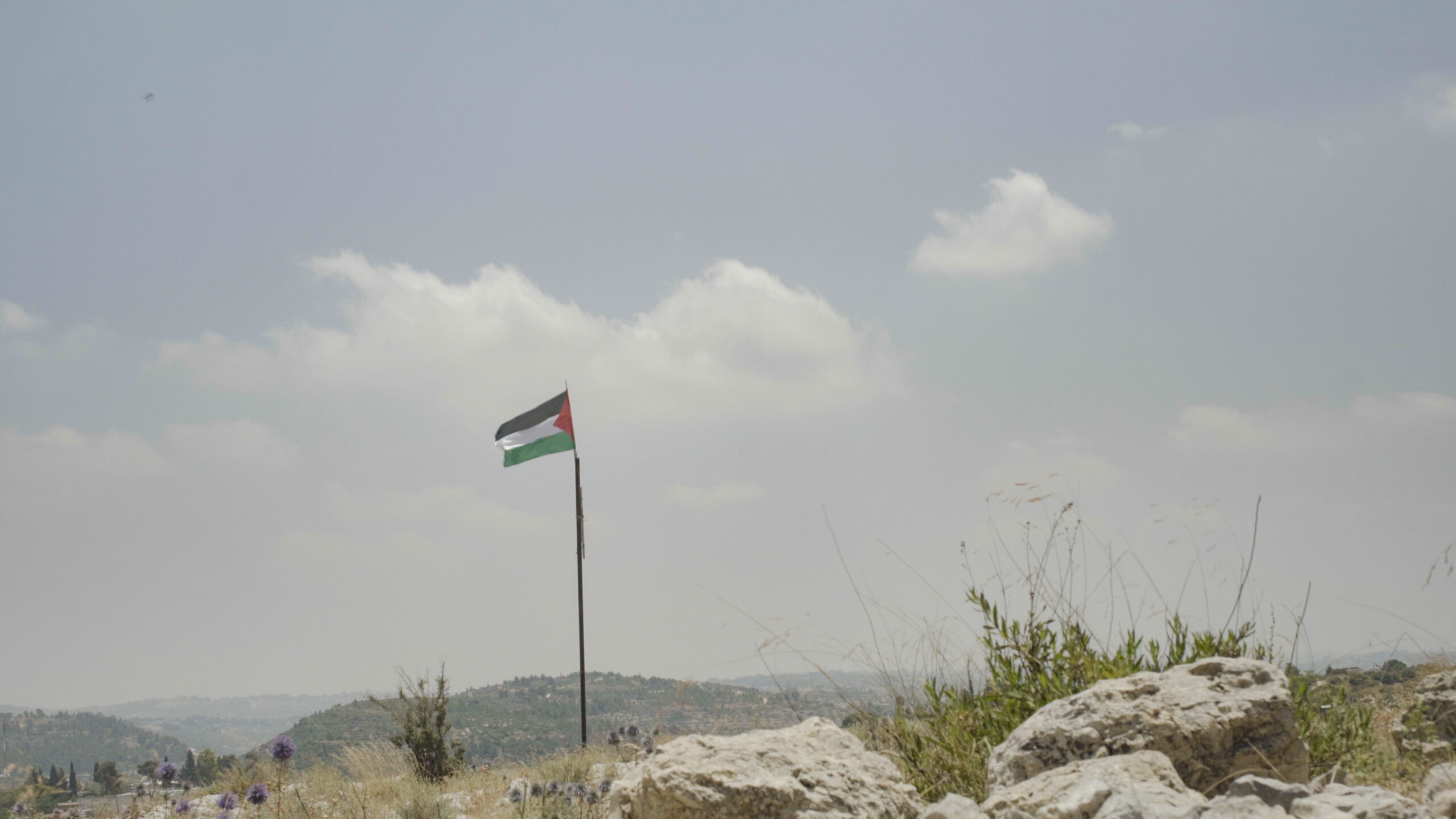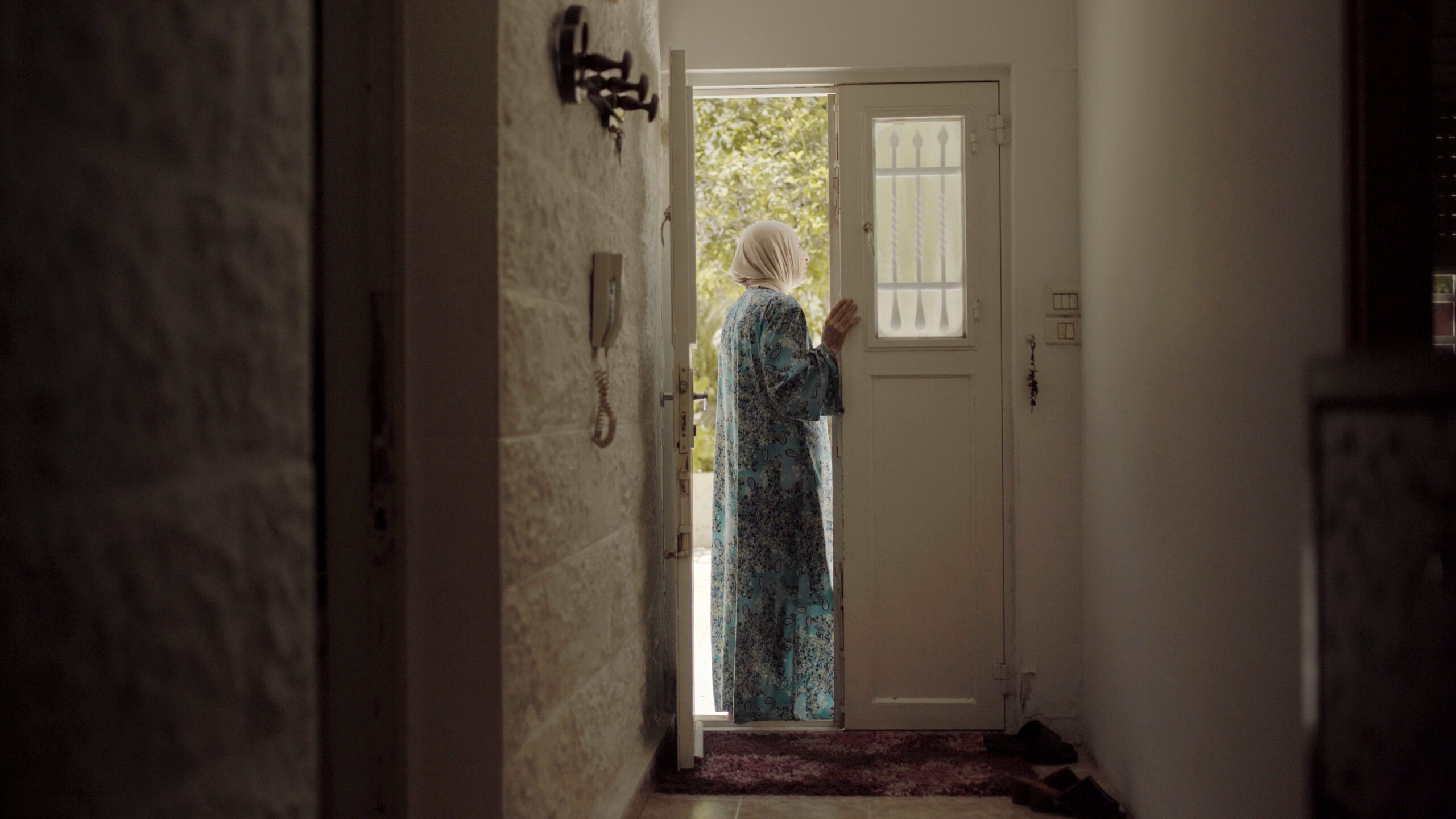Hebron
West Bank’s largest city with a population of around 220,000, Hebron consists of a modern urban and social apartheid. Located 30 km south of Jerusalem, it is the only West Bank city within which there is an illegal Israeli settlement.
The city is divided into 2 sectors following the massacre and the murder of 29 Palestinians by the fanatical American Jewish settler Baruch Goldstein in 1994.
H1 sector is where only Palestinians live and H2 where 40,000 Palestinians and 900 fanatical settlers live under the protection of 2,000 soldiers.
22 checkpoints, watchtowers, snipers, soldiers and armed settlers patrols, prohibited roads for Palestinians, characterized as military zones make up the city’s picture.
Settlers seizing the Palestinian homes, attacking students inside and outside schools, young children playing in the street, using improvised explosive devices,stones, iron and chemicals.
A city in which even daily survival is part of the resistance against brutality and injustice.
The group Youth against settlements has been active since 2008 against the expansion of settlements and the subsequent expulsion of the Palestinian population. They have initiated the “Open Shuhada Street” campaign, the once most central and popular street of the old city that remains closed by martial law, dividing Hebron to this day.


Nabi Saleh
Nabi Saleh is a small village of about 550 inhabitants located 20 km northwest of Ramallah. It is known for its fighting spirit and has counted to date hundreds of wounded and imprisoned, while between the dead there is also a two-year-old baby.
In 2009, settlers from the nearby settlement of Halamish, supported by the Israeli army, seized and took control of the Ein-al-Qaws (the source of the bow) spring, depriving Palestinians of access to their land and the spring’s water.
Since then, demonstrations against the occupation and the illegal settlements have begun and continue every Friday. The entire Nabi Saleh, residents of the surrounding towns and villages, as well as solidarity activists from Israel and other countries take part in the demonstrations.
The Israeli apartheid apparatus has set up two checkpoints with 24-hour surveillance at the entrances to the village.
In 2017, the then 16-year-old Ahmed Tamimi, a resident of Nabi Saleh, became a symbol of the struggle against the occupation when she slapped an Israeli soldier who had invaded the yard of her house, was imprisoned for 8 months and released under the pressure of the international solidarity movement.
Sheikh Jarrah
Sheikh Jarrah is a Palestinian neighbourhood in East Jerusalem, two kilometers north of the Old City.
In recent years, many families have been threatened with eviction or have been issued demolition orders for their homes. Unfortunately, extremist Zionists have managed to seize some of the houses and evict the Palestinians, always with the support of the Israeli army.
The residents live every day under fear and terror, beatings and coordinated attacks by settlers and the army. Several demonstrations, some involving Israelis and international solidarity groups, have been brutally beaten by the army and suppressed with the use of plastic bullets, tear gas and “skunk waters”.
A day of resistance for Palestinians women and men is the “flag day” during which tens of thousands of extreme Zionists march with Israeli flags in Palestinian Arab neighborhoods celebrating Israel’s occupation of East Jerusalem in 1967.
*chemical waste water, responsible for strong odour and respiratory problems, thrown by water trucks during demonstrations


Jenin
A northern West Bank town. It has a population of around 50,000, while the city’s well-known refugee camp has more than 12,000 inhabitants.
In 2002, during the 2nd Intifada, the camp came under the biggest attack by the Israeli army (IDF). Infantry, tanks and planes razed a large part of the camp and left dozens of dead.
Inside the refugee camp is “The Freedom Theater” (formerly the Stone Theater), a cultural space that through theatrical and educational activities and productions attempts to introduce the new generation to theatre and the arts, providing important tools for dealing with the difficulties of daily life under occupation.
It is a continuation of the action and vision of Arna Mer Khamis, who along with other women, during the first Intifada, used theatre to address the chronic fear and collective trauma of Jenin children and to promote freedom and rights. Juliano Mer Khamis, Arna’s son, building on this legacy, co-founded the theatre with Zakaria Zubeidi and Jonatan Stanczak, and directed the theatre from 2006 until his assassination in 2011.
In the Jenin camp, young men and women grow up without a future, in a daily routine of raids, arrests and deaths and funerals. Without trust in the Palestinian Authority and the official parties, their only way out is the armed struggle against the occupation and the apartheid state of Israel.